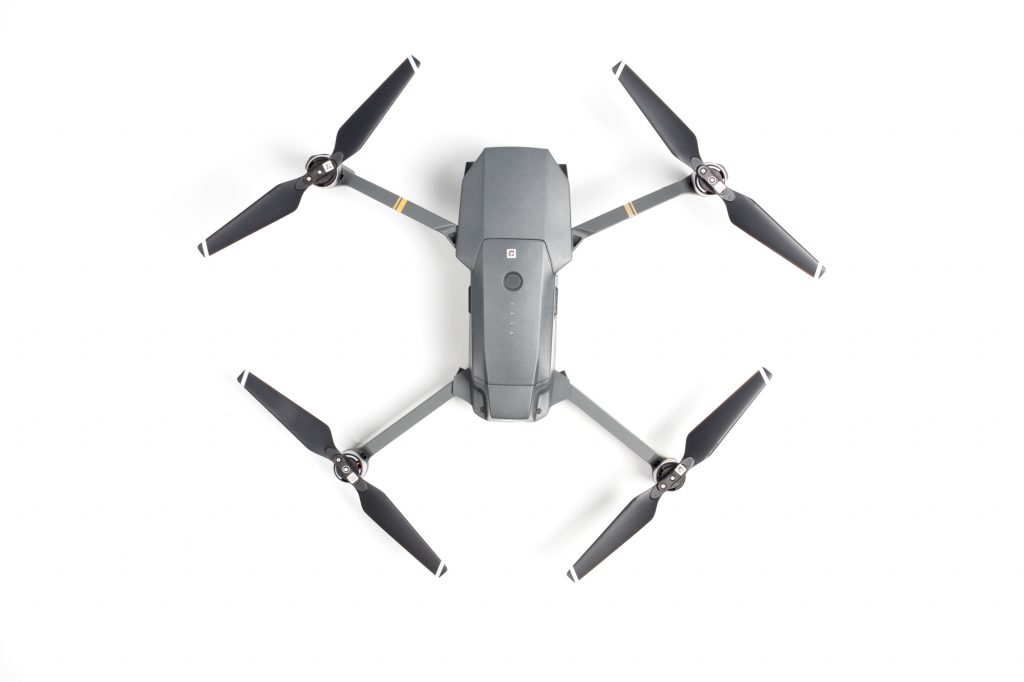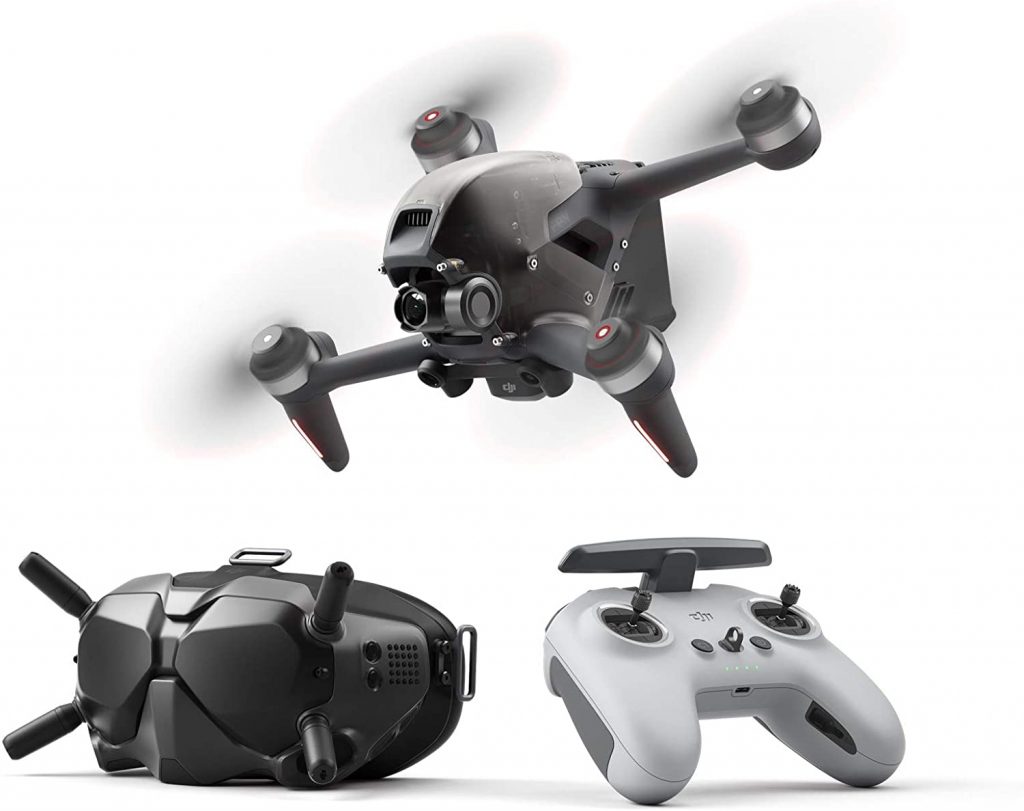Equipment
The Extensive Lensrentals History into Drone Rentals

It’s wild to think that we’ve been renting drones for nearly five years now, as I recall a time when it was regularly said “We’ll never rent drones” around the office. The reason wasn’t that we didn’t like drones – as a company that truly appreciates tech, we love drones. The reason was always an insurance concern.
For those readers who are licensed professional drone pilots, I’m sure you’ve ran into some snags when looking for your own equipment and liability insurance when adding drones to your policy – a lot of insurance companies just don’t like to insure drones because how complicated, and frankly, fragile they can be. While I won’t bore you with our insurance policy, or even touch further into insurance talk in general – we had similar snags. Snags we were able to resolve in late 2017, when we were able to add our first drone product to our inventory. So let’s take a moment to walk through the timeline of drones here at Lensrentals.com, and travel through time to where we are today.
2017 – The Intro to (Advanced) Drones
Our drone journey began in July of 2017 when our first drone product hit our inventory, the DJI Inspire 2. Our very first drone in our inventory is a very advanced drone from DJI. As an owner of its predecessor (the DJI Inspire 1) rotting away in a storage unit, I can personally tell you that the Inspire line of drones is not for first-time flyers. They’re incredibly large (by traditional drone standards), expensive, and very fast and nimble on the joysticks.

Making the DJI Inspire 2 our first drone rental was admittedly a strategic one – we didn’t want to rent drones to first-time pilots, and figured the DJI Inspire 2 would be far too intimidating and expensive for beginners in the sky. There is a true philosophy in drone piloting – ‘You’ll certainly crash your first drone’, so we didn’t want your first drone to be one of ours in our inventory. The DJI Inspire 2 was very much a proof of concept in the drone rental world, a concept that very much was a success, which continued our drone rentals to several additional models in the following year.
2018 – Consumer Drones Run Wild
In 2018, we updated our inventory to include a number of consumer drones – the DJI Phantom 4 Pro V2, DJI Mavic 2 Zoom, and the DJI Mavic 2 Pro. As the top of their class in the consumer drone space, these three drones both made sense from a release schedule and as an opportunity to better flesh out our drone product line. With crash avoidance sensors on all three of these drones, it gives an opportunity for beginning drone pilots to hone their skills while limiting their liability. Each of these drones are still in our inventory, and are still incredibly capable drones even today.

2019 & 2020 – Upgrades to Familiar Faces
2019 and 2020 were the years of marginal upgrades, both for Lensrentals.com mark into the drone world, and the drone world itself. With the DJI Mavic 2 Enterprise in 2019, and the DJI Mavic Air 2 in 2020, we got two great drones that admittedly didn’t break the boundaries in the drone world, but were very much welcomed upgrades to their previous versions.

2021 – The Year of FPVs and 3s
2021 brought some changes to DJI’s product lineup, and thus, some changes to our lineup as well. Prior to now, drones could be put into two different categories. The videographer drones, which DJI has been the industry leader since their introduction, and FPV (first-person view) drones. While there are a few brands that manufacture and sell FPV drones, many of them are built by hobbyists, with the use of zip-ties, PCB boards, and a few brushless motors. DJI decided to take this previously hobbyist and racing-oriented market, and dive in, with their own FPV drone.

FPV drones have a few advantages over a traditional videographers drone. Most notable is the general agility and maneuverability that FPV drones have. Generally far lighter than most videographer drones and with the help of near lagless video goggles, FPV drones are incredibly fast and lively, but are also designed to be rebuilt after each crash. DJI offers up the former, while protecting you from the latter, by building an FPV drone that can land itself.
Additionally, 2021 brought us the DJI Air 2S, a very small but very capable drone. It also brought us both the DJI Mavic 3 Cine, and DJI Mavic 3 – two staples in what we assume is DJI’s flagship system for the next year or so.
2022 – The (Air)Peak in Drone Technology
This year has brought our first deviation from the DJI drone platform, with the Sony AirPeak S1. To pretense, the Sony Airpeak S1 is in a different class than much of the DJI platform, and so I wanted to introduce it to our readers in a different frame. Its price of $9,000 for just the drone already puts it in a different subcategory, whereas many of DJI’s drones come in at 1/4th that cost, and with cameras and gimbals pre-installed. But the Sony Airpeak S1 does a lot of things that other drones can’t and might be worth the added cost for those who want more out of a drone.

Prior to the release of the Airpeak S1, you were limited considerably with the camera technology you could use with drones. The first avenue, was to buy an all-in-one solution from DJI or other brands, giving you a drone with a camera mounted to a gimbal, with a small sensor and pretty average image quality. The other avenue is to either build a custom solution, requiring a considerable amount of know-how and engineering skills, or buy a premium drone system like the Freefly AltaX, starting at over $18k for an introduction package.
The Airpeak S1 is different, however, promoting itself as the “world’s smallest drone that can carry a full-frame Alpha series mirrorless camera” – giving it a huge advantage over the competition in the image quality subsection. Whereas most drone manufacturers implement 1/2.3-inch and 1-inch sensors to save on cost and weight, Sony’s ability to make use of their Alpha line of cameras means you get the latest technology and a 35mm sensor with considerably cleaner files with far more dynamic range.
And that brings our drone timeline to now. While we love the DJI platforms, we’re excited to finally diversify the lineup with the Sony Airpeak S1. Depending on how it rents, we’re hoping to see other larger platforms in our inventory soon. Are there any drones and accessories that you would recommend? Feel free to chime in in the comments.
Author: Lensrentals
Articles written by the entire editorial and technical staff at LensRentals.com. These articles are for when there is more than one author for the entire post, and are written as a community effort.-
EZ Equipment Rental
-
Steve314
-
Clayton Taylor
-
Henry Winokur
-
Roger Cicala
